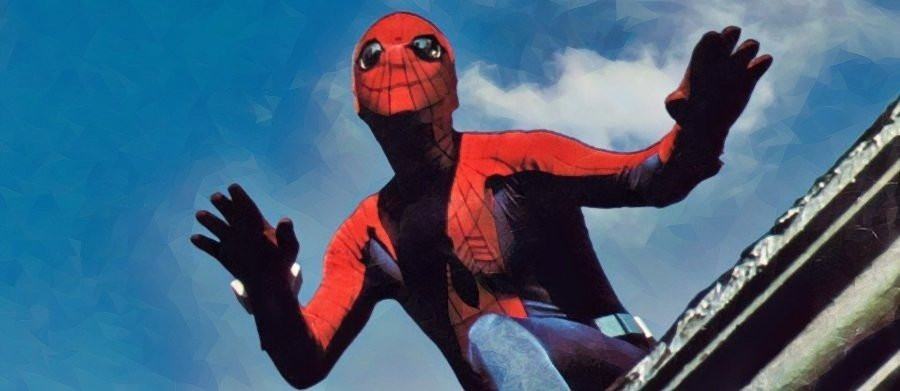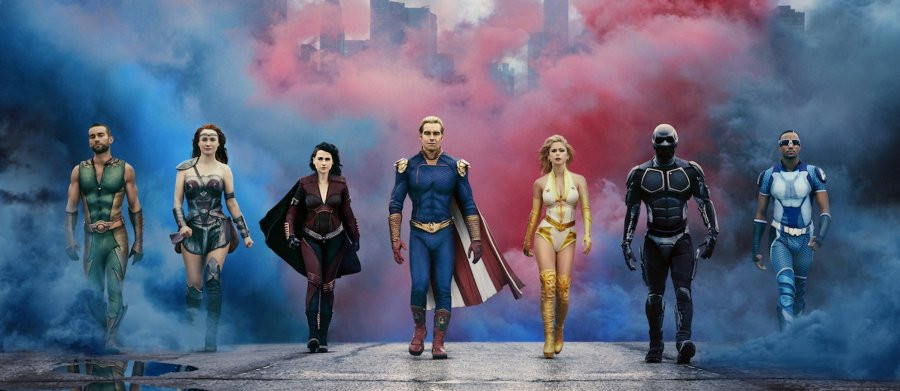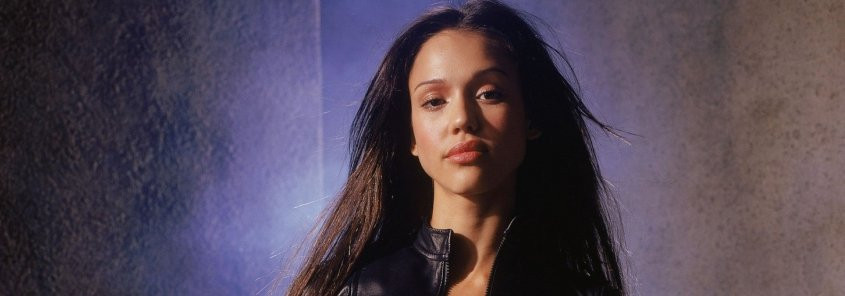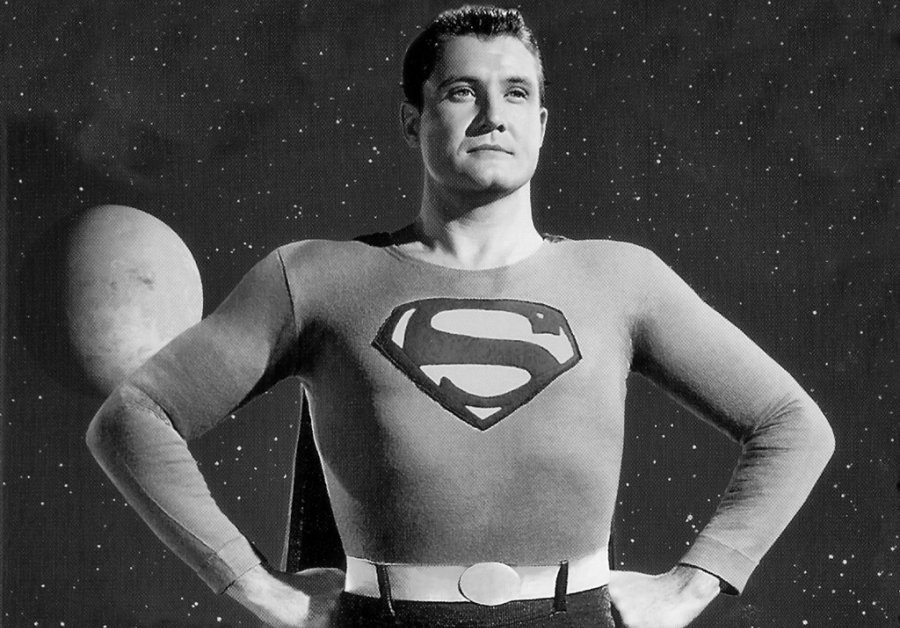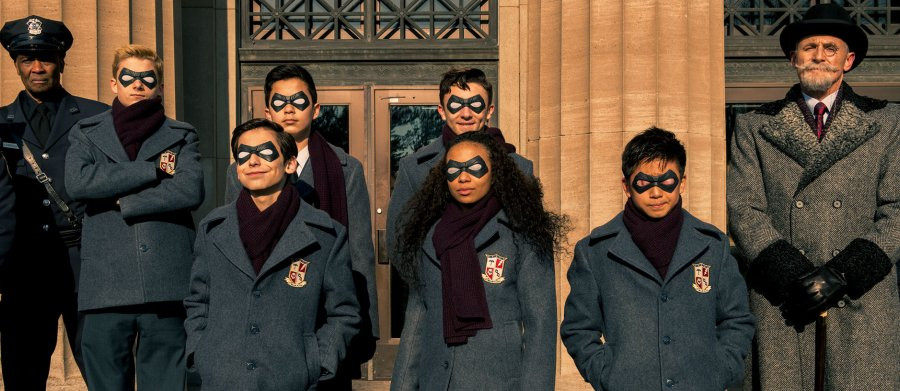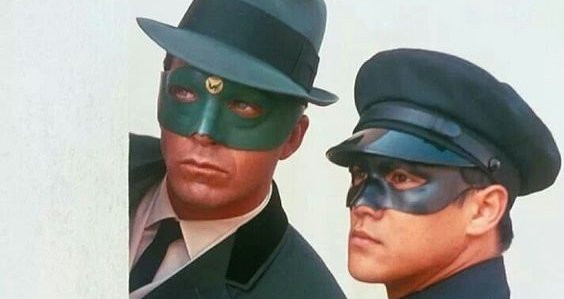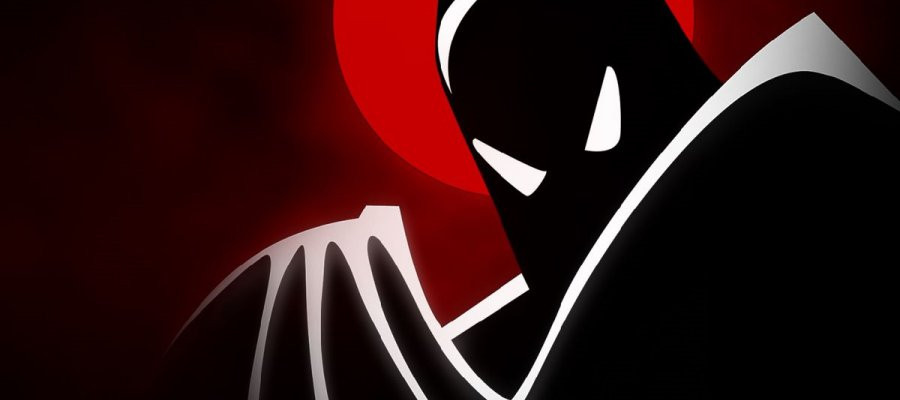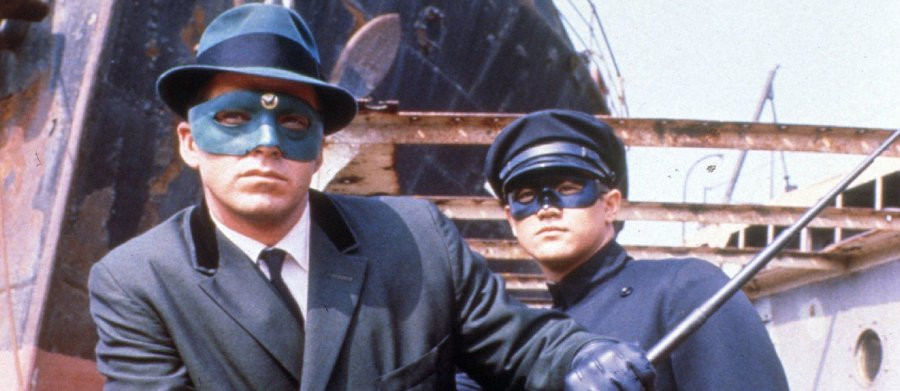
Sting! The Green Hornet Story
Following the immediate success of the 1960s colourful high camp superhero romp that was Batman the television series, that show's producer William Dozier was contacted by the ABC TV network with one simple command, "more of the same." Dozier tried but failed to secure the rights for 'Charlie Chan' and 'Dick Tracy' and instead turned to an old radio series that actually predated Batman by three years: The Green Hornet.
Dozier must have found it somewhat ironic when he picked up the 'Hornet' as it had in fact been created by George W. Trendle and Fran Striker, who also created The Lone Ranger, and Dozier had already failed to secure the rights for that particular character before he turned his attention to 'Batman'. The Hornet had already debuted as a radio series on WXYZ (Detroit) on 31 January 1936 and continued on the Mutual Network and the ABC Blue Network until 5 December 1952. In fact, Trendle and Striker conceived the series main character-whose alter ego is Britt Reid-as a descendant to their legendary western icon. The character of Dan Reid, who appeared on 'The Lone Ranger' programme was the Masked Man's nephew, and also featured on The Green Hornet as Britt's father.
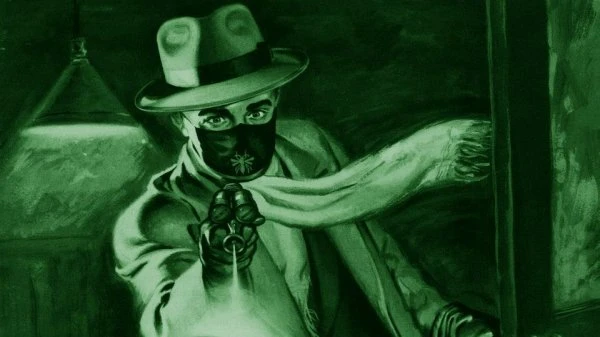
The radio series initially starred Al Hodge in the title role, followed by Donovan Faust (1943), Bob Hall (1944-51) and Jack McCarthy (1951-52). The series followed the exploits of Reid who was to the outside world a debonair newspaper publisher of the Daily Sentinel but in private a crime-fighting masked hero at night, ably abetted by his trusty sidekick, Kato. The show immediately courted controversy when it came to the air. In its radio introduction by announcer Mike Wallace it proclaimed that the Green Hornet went after criminals that "even the G-Men couldn't reach". The show's producers were called by FBI chief J. Edgar Hoover who was unhappy with the implication that there were some criminals beyond the reach of the FBI and 'suggested' that the offending line be removed. Which it was. In those days you didn't argue with J. Edgar Hoover.
More controversy followed due to the fact that Kato was originally presented as a Filipino of Japanese ancestry. Following the Japanese attack on Pearl Harbor in 1941 the radio series played up his Filipino heritage and played down his Japanese roots. This later led to the mistaken assumption of many fans that the writers had changed Kato's nationality.
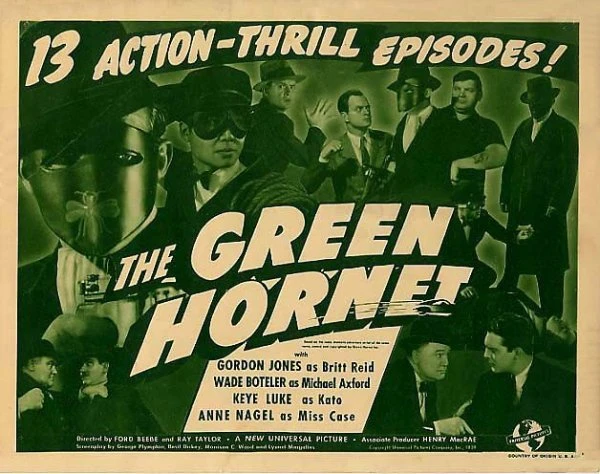
The Green Hornet had already made it to the big screen in 1940 and 1941 in two Universal serials; 'The Green Hornet' and 'The Green Hornet Strikes Again'. The first movie series (13 episodes) starred 'b' movie actor Gordon Jones as Britt Reid and the Chinese born actor Keye Luke as Kato. Luke went on to become a veteran of the big and small screen with over 180 appearances to his credit and worked right up until a year before his death, which was in 1991, at the age of 86. For the second movie series (15 episodes) another 'b' movie actor was chosen for the lead role; 38-year old Warren Hull. Keye Luke was retained as his sidekick, but as in the first series his nationality had been changed to Korean.
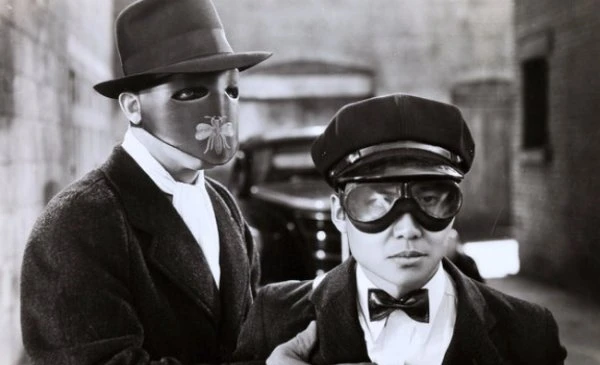
And so, the show came to Dozier with not only a good deal of history but also with a good pedigree and it seemed to be in perfect tune with the young viewing audience who were thrilling week in and week out to the cliff-hanging adventures of the Caped Crusader and his Boy Wonder sidekick. But if viewers thought they were going to get more of the same, that changed with the casting of the central characters.
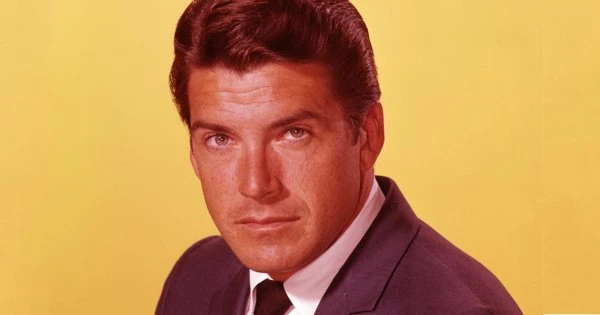
To play Reid/Hornet, Dozier chose Van Williams (real name Van Zandt Jarvis Williams) - a Warner Brothers contract player of the fifties and sixties who had previously played alongside the likes of Clint Walker and James Garner, already major stars of the Western series' Cheyenne and Maverick respectively. Williams, who was born on 27 February 1934 in Fort Worth, Texas, had starred in the US TV detective series Bourbon Street Beat and its spin-off Surfside Six, each series a less than successful take on the popular detective series 77 Sunset Strip. In 1964 Williams also starred as pilot Pat Burns in the single-season sitcom The Tycoon with Walter Brennan. When Dozier approached Williams to play the lead role the actor was a little concerned that The Green Hornet would simply be a copycat version of Batman with outlandish villains and even more outlandish plots. Instead, he and Dozier agreed that they would make the 'Hornet' a lot darker and, as in the original series, his enemies would be the Mafia, Chinese Triads, drug dealers, and local mobsters.
Dozier was conscious of the fact that a lot of adults followed the television adventures of Batman and saw this as an opportunity to create a TV superhero for them. He approached ABC with a 60-minute format minus any cliff-hangers, but they rejected the idea. Eventually they agreed that each 30-minute episode be a self-contained story – but ultimately this worked against the series. It is also clear from the rare interviews that Van Williams has done since the series was aired that Dozier had given him the impression that the series would be a lot more 'international' with villains along the lines of those seen in the James Bond movies, which were incredibly popular and influential at that time.
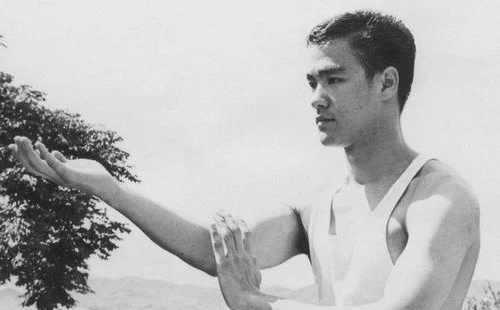
The next step for Dozier was to cast the regular support players-the all-important role of Kato, a skilled driver, fighter and mechanic who would stand equally by the Hornet's side in his fight against injustice, having been cast even before Van Williams. Bruce Lee who was born on 27 November 1940 was a self-taught martial arts expert and an exponent of Kung Fu, of which very little was known of in the USA in the early 1960s. Lee had been trying to break into film and television for some time and had been tested for a TV series called Number One Son which never saw the light of day.
Back in 1964 Bruce Lee was giving a demonstration of Martial Arts at Ed Parker's 1964 International Karate Tournament and was so impressive that Parker began to film him. A few years later, Ed Parker was teaching William Dozier's hairdresser, Jay Sebring (one of the people later killed along with Sharon Tate in the Charles Manson murders), when Sebring mentioned that Dozier was looking to cast an oriental actor for the part of Kato. Parker got in touch with Dozier and showed him the film of Bruce Lee and he was quickly signed up.
It soon became apparent that Lee knew more about martial arts than anyone in Hollywood and Dozier immediately put him in charge of choreographing the fight scenes. In the documentary Bruce Lee: The Martial Arts Master Van Williams recalled how Lee used to run around the set practicing his kicks. "He would jump up and tap you on the ear with his foot, but this stopped when one of the extras turned around and got his jaw dislocated".
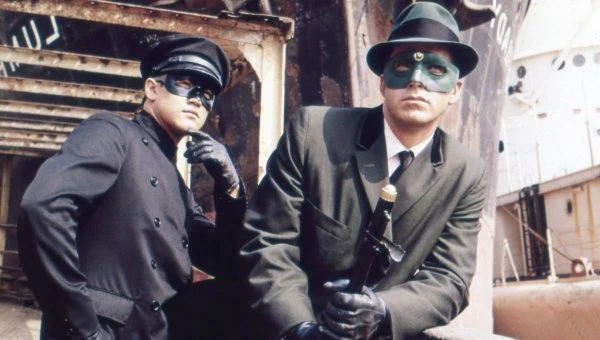
During filming Bruce liked to work in close to improve the fight scenes, but he also injured quite a few stuntmen by doing this. In the end the producers found it hard to find stuntmen who would work with him and for the camera Lee had to slow his movements down because on film they looked so fast that he became practically a blur and it was difficult to see all his moves. Lee may have had his feet and fists, but the Green Hornet himself used an altogether different weapon. Whereas the Lone Ranger had his silver bullets to distinguish himself, Reid had his 'hornets sting', a gun with a long pointed nozzle that emitted a high-pitched sound that could break down doors or render adversaries unconscious, for like Batman, the Green Hornet never killed an adversary.
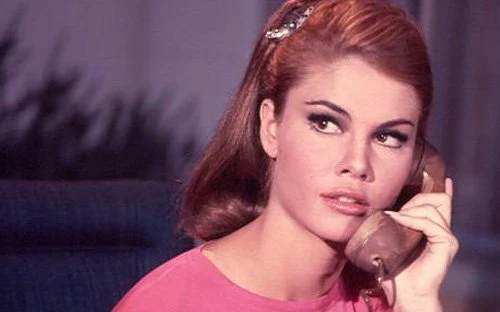
The other series regulars included the two other people who knew Britt Reid's secret identity; Reid's secretary Lenore "Casey" Case (played by Wende Wagner) and District Attorney F.P. Scanlon (Walter Brooke). Last but not least Lloyd Gough added a little light relief by starring as Mike Axford a Hornet hating reporter who was determined to prove that the hero was only out to line his own pocket. This is hardly surprising because according to police records the Hornet is a wanted criminal.
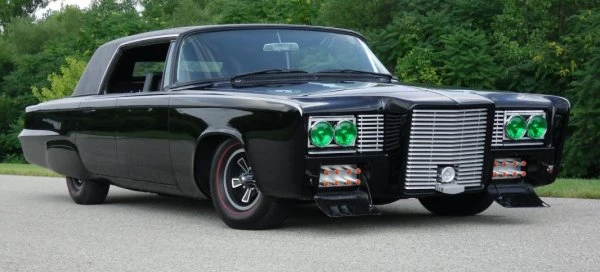
There was to be one other star of the show; just like the Batman had his Batmobile the Hornet was also equipped with a sleek and stylish all-purpose automobile. The Black Beauty was actually a 1966 Chrysler Imperial which was rebuilt by Dean Jefferies at a cost of $50,000. The car's headlight cluster could be flipped over to reveal a set of 'green' infrared night-vision headlights and a number of other accessories were at the crime fighting duos disposal including front and rear rockets, knock-out gas, rear smoke screen, brushes to sweep away tire tracks and an airborne TV camera that saw 4 miles ahead. Two identical vehicles were created for the show.
The TV series also employed an audio device from the radio show. When the Green Hornet said, "rig for silent running," the hornet-like buzz of the car's engine on the radio show was turned off and the listener was left to imagine that the car really was silent. By the time the series came to television, motorcars had come a long way in their development and engines were a lot quieter. The Black Beauty sounded like any other modern vehicle, but the noise was removed from the soundtrack after this command.
The theme music, Rimsky-Korsakov's "Flight of the Bumblebee" had been used since those early days and was by now so strongly identified with The Green Hornet that it would have been unthinkable to change it. A jazzed-up variation was composed by Billy May with a hornet buzz created on a Theremin played by Al Hirt. Years later, this music was featured during a key scene in the 2003 film, Kill Bill, which paid tribute to Kato by featuring the Crazy 88, O-Ren Ishii's personal army, wearing black Kato masks.
The show was introduced each week with a voiceover by William Dozier: "Another challenge for the Green Hornet, his aide Kato, and their rolling arsenal, the Black Beauty. On Police records a wanted criminal, Green Hornet is really Britt Reid, owner-publisher of the Daily Sentinel, his dual identity known only to his secretary and to the district attorney. And now, to protect the rights and lives of decent citizens, rides THE GREEN HORNET".
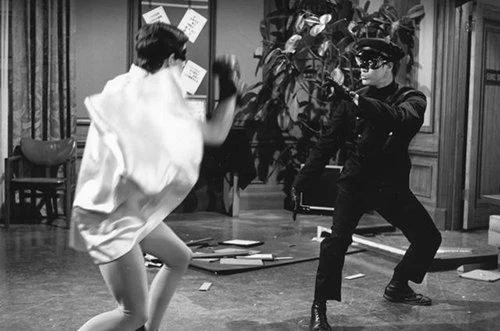
The first episode, 'The Silent Gun', aired at 730pm on Friday 9 September 1966 and was followed by the fantasy/time travel series Time Tunnel. A few weeks later, on 28 September 1966, both the Green Hornet and Kato made guest appearances on the Batman episode 'The Spell of Tut' in what was the first of two crossover plots in three episodes (the others being 'A Piece of the Action' -1 March 1967 and Batman's Satisfaction-2 March 1967).
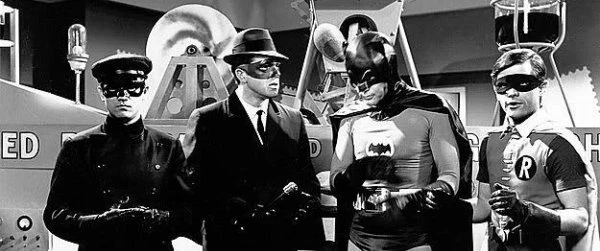
For the TV series Britt Reid was not only the owner of the Daily Sentinel but also general manager of the DSTV television station. Unlike the Batman series there were no twisted geniuses in macabre garb to battle and the Hornet never had any established or continuing villains. The show was much darker and grittier in style to Batman which was deliberate because it became apparent from the ratings that audiences were getting tired of the Caped Crusaders antics and 'Batman's' days as a TV series were numbered.
Dozier tried again to convince the network that hour episodes would work better by introducing some two-part stories, but the Network stood firm. Unfortunately, 'The Green Hornet's' audience didn't and with the show only scoring in the lower thirties and forties it soon became apparent that Dozier had a very expensive flop on his hands.
In a later Interview Van Williams explained that Dozier's Greenway Company had budgeted for $100,000 a show and the average show was costing $143,000. So, every show was in a negative cash flow situation of $43,000. "The cost was draining William Dozier. Everything he was making off Batman was going into The Green Hornet, and it wasn't working." 30 episodes were planned but ultimately only 26 were made.
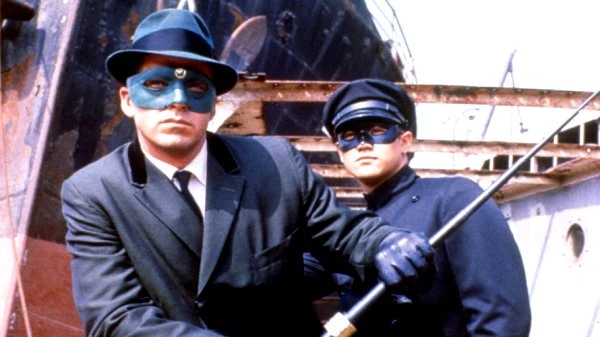
For many fans of the series, The Green Hornet finally jumped the shark* in episode 25 in the story entitled 'Invasion from Outer Space' . The show had already been moving towards the tongue-in-cheek camp style of Batman when it went full out in this episode that starred Larry D Mann, clad entirely in a 1950s looking 'b' movie silver space suit. But it turns out that he's not an alien after all but Dr. Eric Mabouse, a mad hoaxer with similarly dressed henchmen and a golden girl called Vamma. It was a complete diversion from the usual gangland mobsters and murderers, but could do nothing to save the series because following the second part of this story (episode 26) The Green Hornet was pulled from the schedule.
Following the cancellation Van Williams continued to work as a guest star on many popular US television series including The Big Valley, Mannix, Ironside, Mission Impossible and The Rockford Files. In 1979 he retired from acting and with the money he'd made he started one of the first cellular phone businesses in the USA, oversaw a number of cattle ranches in Texas and still found time to work as a deputy reserve sheriff in LA. He came out of retirement just once; in 1993 for Dragon: The Bruce Lee Story in which he played the director of the TV series - The Green Hornet.
Bruce Lee opened up a Kung Fu school called "Lee Jun Fan, Gung fu institute". Here he taught actors like James Coburn, Steve McQueen and Kareem Abdul-Jabbar. He had now become so popular that he could charge up to $300 an hour for instruction. But for Lee, The Green Hornet was to pay other dividends. It had become a huge hit breaking all television rating records in Singapore and the Philippines and in Hong Kong his character was so popular that the series was renamed The Kato Show.
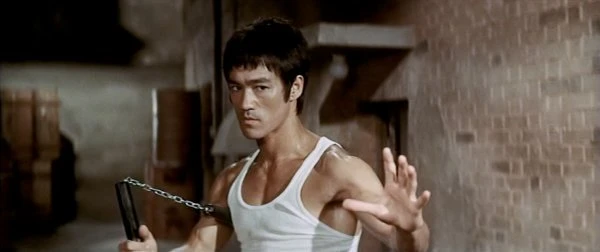
Lee travelled to Hong Kong in April 1970 and demonstrated his art of Jeet Kune Do on a Hong Kong television show called Enjoy Yourself Tonight. During that trip he was approached by Raymond Chow, owner of a new film production company, and offered the lead role in a new movie called 'The Big Boss.' Within a few years Bruce Lee became a huge international star with a fan base that is as strong today as it ever was. Unfortunately, Bruce Lee died shortly after taking the US box office by storm in his first US made Kung Fu movie, 'Enter The Dragon'.
In print, Harvey Comics did a comic book series based on the radio version (picked up from Helnit), Gold Key Comics did a short-lived comic book series based on the TV series. In the 1990s a new comic book series appeared written by Ron Fortier and illustrated by Jeff Butler which tried to reconcile the radio, movie and TV versions of the character. Presented by Now Comics a young descendant of Britt Reid, named Paul Reid, takes on the role of the Hornet and is assisted by a new, female Kato. But the series didn't last long with Fortier citing the addition of Mishi Kato as the reason for its cancellation.
There had long been rumours of a new movie version of the character and screenwriter John Fusco created a screenplay for the film around 2002. Nothing further was heard of the project until the summer of 2004, when Kevin Smith was reportedly writing a screenplay-scheduled for release in 2005. It was rumoured that Jet Li would portray Kato and Jake Gyllenhaal would play the Green Hornet. However, shortly after announcing this Smith then said that the movie had been 'put on the back burner' and finally, in 2006, he stated that he officially no longer had anything to do with The Green Hornet.
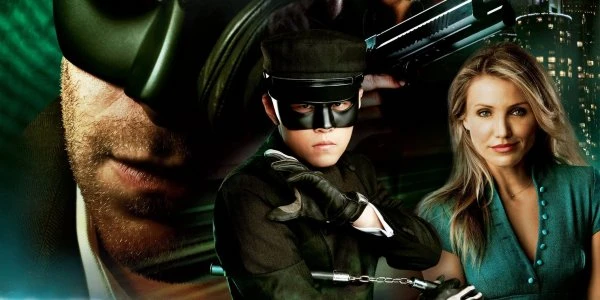
Then in 2007, producer Neal H. Moritz acquired the movie rights. The film went into production in September 2009 and the movie was released in 2011. Seth Rogan, who starred as The Hornet also co-wrote the script. Nicholas Cage had been in talks with the producers to star in the movie as the chief villain, but a disagreement on that character’s development led to him dropping out. Van Williams was asked to make a cameo appearance, but he declined. During production it was decided to make a 3D version which added around $10m dollars to the production cost.
Just before the movie’s release the Syfy cable network aired a marathon day of ‘Green Hornet’ TV episodes. The film was not greeted with critical approval. It grossed just over $227m worldwide.
Nearly all the DVD releases of the television series are titled Bruce Lee in The Green Hornet and it is probably due to his eventual superstar status and untimely death that the series has always remained of great interest to the public, elevating it above the status it enjoyed on its first release and making it something of a cult classic. Perhaps without Batman the Hornet may have fared better, but without Kato it seems unlikely. What is very likely, though, is that one day The Green Hornet will return to go after criminals that "even the G-Men can't reach". He's that sort of hero.
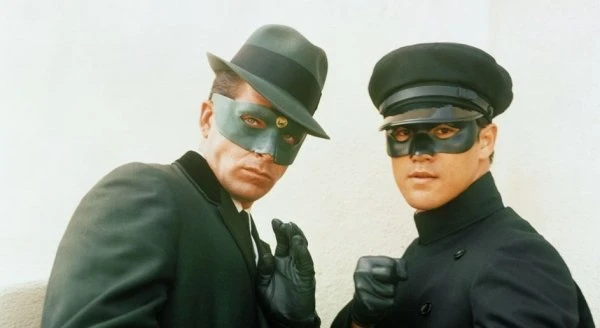
Published on November 25th, 2019. Written by Marc Saul for Television Heaven.


